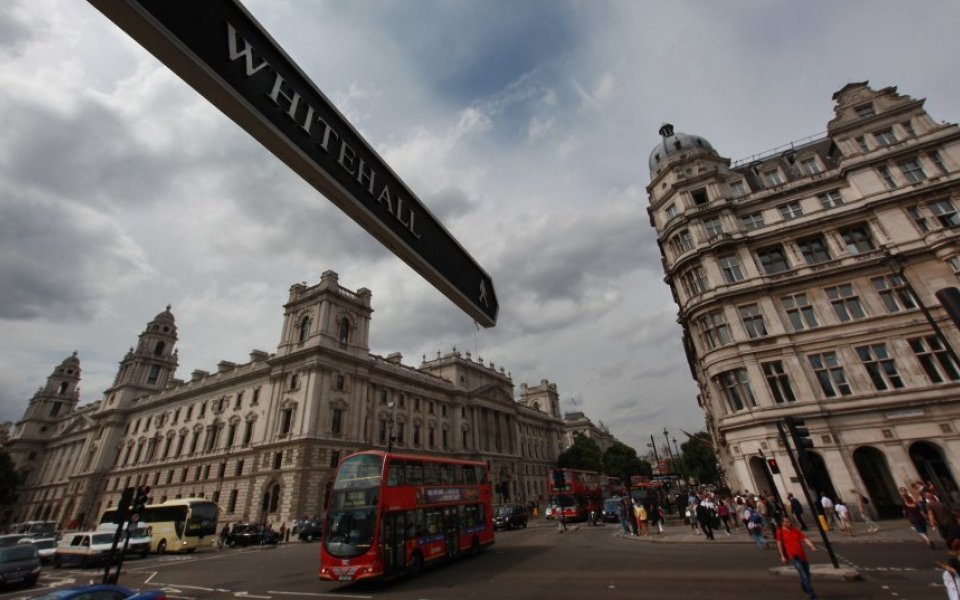Autumn Statement 2015: Here’s where departmental budgets were cut last year

Chancellor George Osborne will show the full force of his axe today, with up to 40 per cent in cuts for a number of departments expected, all in the name of reducing the deficit by £20bn.
With over half of public spending now ring-fenced from cuts, however, Osborne has had to engage in tough bargains with a number of departments.
Read more: Where will Osborne make the Autumn Statement cuts?
To give today’s announcements some context we’ve run the numbers on the changes in spending between 2013-14 and 2014-15. The charts below, inspired by this New York Times piece, highlight a number of high spending government departments, how they spent their budget and if their budgets rose or fell.
[custom id="99"]
This year, work and pensions, along with health, defence, overseas aid and education – departments with some of the largest budgets – have all been ringfenced, meaning their budgets will be maintained or increase.
Indeed, the Treasury has already announced that front-line NHS services in England will get an above inflation cash injection of £3.8bn next year, while defence spending will increase by 0.5 per cent above inflation each year during this parliament.
Read more: What free marketeers want from the Autumn Statement
With the chancellor having ringfenced these budgets, some of the biggest cuts will have to come from the departments with the smallest budgets, meaning those departments above with the already smallest circles will find their area further diminished, while the largest will become even bigger.
With other departments under fire, many anticipate that further education, local government, social care and police will bear the brunt of the cuts.
Of course, the chancellor could opt to slow down the pace of cuts instead. But as always with Osborne, we will just have to wait and see.